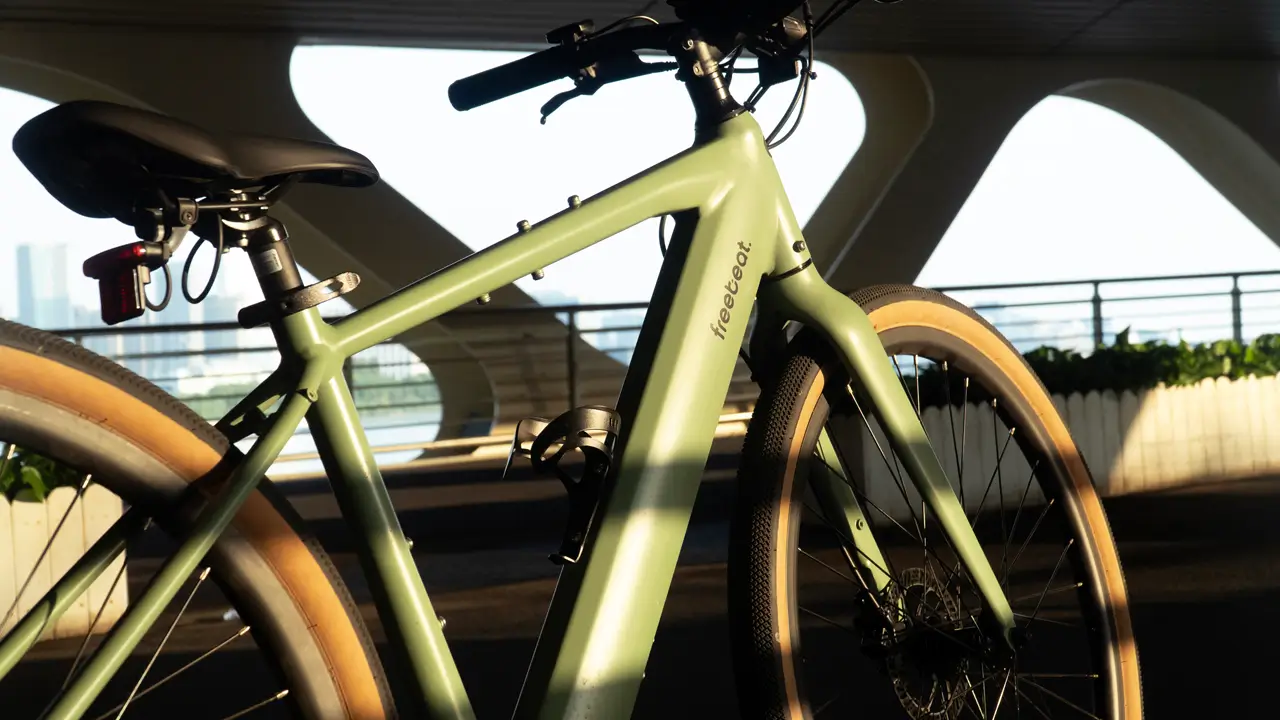The Dutch bike, a timeless symbol of urban mobility and leisurely cycling, has transcended its utilitarian origins to become an international icon of sustainable living and cultural embodiment. With its upright riding position, sturdy frame, and minimalistic design, the Dutch bike speaks to a slower, more considered pace of life that stands in sharp contrast to the hustle and bustle of city living. What is it about these two-wheeled charmers that have captivated urban cyclists and Dutch lifestyle enthusiasts across the globe?
Understanding Dutch Bike: More Than Just a Bicycle
At its core, the Dutch bike is a simple and practical mode of transportation, designed to withstand harsh weather conditions and carry heavy loads. Its distinctive features, such as the integrated chain guard and skirt guard, make it an ideal choice for everyday commuting and running errands around town. But beyond its functionality, the Dutch bike embodies a set of cultural values that have been ingrained in Dutch society for centuries.
Origins and Evolution
The chronicles of the Dutch bike date back to the 19th century, when the initial models featured a single gear and were designed for utility rather than speed. Over time, the Dutch bike, often referred to as the 'Omafiets' (grandma bike) due to its step-through frame, has evolved to integrate modern technology and conveniences without compromising its classic silhouette.
From adding multiple gears for hilly terrains to including innovative accessories like chain guards and built-in lights, the Dutch bike is a fine example of a product that has adapted to the needs of its users without losing its identity.
Design Philosophy
Dutch bikes embody a design philosophy that's a marriage of form and function. The high handlebars and saddle ensure an upright riding position that's not only comfortable but also provides a better field of vision in congested urban settings. The enclosed drivetrain and internal hub gears minimize maintenance and the risk of grease marks on clothing, ideal for city dwellers who often wear office attire while commuting.
Furthermore, the design's unconventionally relaxed aesthetic, influenced by Dutch dedication to practicality and clean lines, is crafted to stand the test of time in both durability and style.
Pedaling Through the Dutch Biking Experience
To truly understand the Dutch bike phenomenon, one must delve into the cultural context and lifestyle surrounding it. Cycling in the city is more than just a mode of transportation; it's both a social activity and a way of life.
Community Connection
One of the most enjoyable aspects of Dutch bike culture is the sense of community it fosters. In the Netherlands, cycling isn't just a means of transportation – it's a way of life. Dutch bike users often experience a strong communal bond while commuting or participating in social rides. The convivial atmosphere, especially in cities known for their bike-friendly infrastructure, like Amsterdam and Utrecht, is an inspiring blend of inclusivity and diversity.
A Tool for Leisure and Adventure
The versatility of Dutch bikes cannot be overstated. They serve as practical tools for everyday commuting, robust enough to run errands or carry panniers of groceries. Yet, they are equally at home on leisurely rides through city parks and historical districts. For many, the Dutch bike represents a gateway to adventure, with its ability to easily traverse urban landscapes and offer access to areas off-limits to motor vehicles.
The Intersection of Green Living and Dutch Biking
The Dutch bike is not only a symbol of efficient and sustainable urban mobility, but it also embodies the Dutch commitment to green living.
Ecological Impact
In an age where environmental consciousness is at the forefront of consumer choices, Dutch bikes emerge as champions of sustainable living. By replacing short car trips with cycling, individuals contribute to a reduction in greenhouse gas emissions and traffic congestion. The low-carbon footprint of the Dutch bike, especially when powered by human pedaling alone, aligns perfectly with the ethos of the green movement.
Personal and Public Health
The health benefits of regular cycling are well-documented, from improved cardiovascular fitness to enhanced mental well-being. The Dutch lifestyle attributes the nation's health to its cycling culture, and it's a testament to the positive impact urban cycling can have on individuals and society at large. Cities that promote cycling through infrastructure and awareness initiatives witness a reduction in airborne pollution and a promotion of public health.
Beyond the Bike: The Global Influence of Dutch Cycling Culture
From Amsterdam to Tokyo and everywhere in between, the Dutch bike has become a symbol of urban cycling across the world. Its appeal extends beyond its practicality and design, as it represents a lifestyle choice that embodies sustainable values and community connection.
Exporting Urban Planning
The success of Dutch cycling culture has led to the export of its urban planning principles. Many cities around the world are looking to Amsterdam and Copenhagen for inspiration on how to integrate cycling into their transportation networks. From dedicated bike lanes to multi-modal commuter hubs, the Dutch blueprint for urban cycling has become a global template for creating more liveable cities.
Style and Innovation
The Dutch bike industry, renowned for its craftsmanship and innovation, has given rise to a host of related products. freebeat dutch-style ebikes, with their electric-assist functionality, appeal to a broader demographic, including the less physically able or those looking for a more effortless commute. Furthermore, Dutch bike accessories, such as baskets, panniers, and child seats, showcase the intersection of practicality and aesthetic value that define the Dutch approach to design.
Debunking Myths and Considering Limitations
Despite its widespread popularity and undeniable benefits, the Dutch bike also faces criticisms and limitations. One common misconception is that Dutch bikes are slow and only suitable for flat terrain. While they may not be as fast as road bikes, modern versions with multiple gears can easily handle varied topography. Another limitation is their cost, as Dutch bikes tend to be more expensive than other types of bicycles. However, given their durability and versatility, many consider them a worthwhile investment.
Are Dutch Bikes Good on Hills?
One common misconception is that Dutch bikes are not suitable for hilly environments. While they may not offer the same level of speed or agility as lightweight road bikes, modern Dutch bikes often include several gears that make hill climbing quite manageable. freebeat dutch electric bike stands out in the bike market as it seamlessly navigates varied terrains with a Shimano 7-speed drivetrain, providing precise gear shifting for urban inclines and declines.
How Fast Do Dutch Bikes Go?
The average speed of a Dutch bike can vary depending on the terrain and the rider's ability. Generally, Dutch bikes without electric power are not designed for high-speed cycling, but they can comfortably reach speeds of 10-15 MPH (16-24 km/h). Dutch electric bikes with a 250W motor can reach 25MPH(40 km/h). However, their focus is more on practicality and comfort rather than speed.
Conclusion
The Dutch bike encapsulates a rich tapestry of history, design, community, and sustainability that appeals to a broad audience. As we continue to search for ways to create a more inclusive, healthy, and environmentally friendly urban landscape, the influence of Dutch cycling culture and its emblematic bicycle remains a beacon of inspiration. Whether you're a seasoned urban cyclist or just beginning to explore the world of sustainable transportation, the spirit of the Dutch bike offers a timeless lesson in harmonizing tradition with innovation.
In a world where speed and efficiency often take precedence, the Dutch bike reminds us to slow down, take in our surroundings, and enjoy the simple pleasure of a relaxing ride. Its impact on urban cycling culture is not just significant; it's a paradigm shift that challenges our perceptions of mobility and what it means to live well in the city.

























 0% APR financing for 24-month payments.
0% APR financing for 24-month payments.